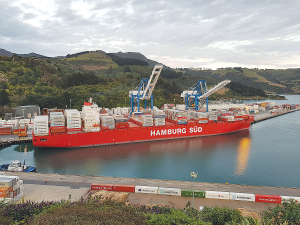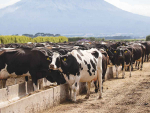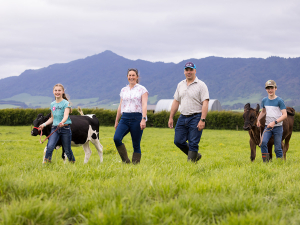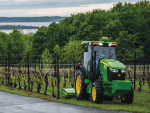A fast-paced industry already familiar with navigating unpredictable conditions and forecasting market demand, the agricultural sector never slowed down, even in the worst times of the pandemic.
However, that's not to say the journey was without any roadblocks: Covid-19 brought a wave of challenges with everything from labour to logistics.
Like countless other business sectors, fruit-focused agriculture struggled with staffing at the outset of the pandemic. But while many companies turned to remote work options, the nature of agricultural operations needs employees to remain primarily in the fields.
The produce industry requires a significant amount of hand labour, particularly for table grapes and cherries. Managing thousands of employees who work simultaneous in-person shifts became an immediate area of focus.
The main issue was the prevention of outbreaks in both the packhouse facilities and in the fields. Growers had to react quickly, forming small and segregated groups of workers adhering to organised schedules. In addition, the implementation of regular PCR tests enhanced other standard safety protocols that helped protect workers. While the actions were a costly invesment, growers kept operations safe and healthy while maintaining productivity.
Nearly two years into the pandemic, though, staffing challenges persist.
The economic downturn has increased costs across the entire fruit supply chain, from growing and harvesting to delivering the product to market. As the pandemic continued into and throughout 2021, it became apparent that one of its most pronounced effects on the global fruit industry was on logistical operations.
The early days of lockdown restrictions and a slowdown in the production of goods created a ripple effect, sending refrigerated containers into a backlog of storage at cargo ports and inland depots. By mid-2021, wait times to procure a container stretched anywhere from weeks to months depending on departure port and arrival destination.
McKinsey & Company reported it now costs up to six times more to ship a container from China to Europe than it did at the start of 2019.
Despite these challenges, the pandemic has shown how well prepared the agriculture industry is to adapt its systems in response to both adversity and increased demand.
The trend of healthy living and a desire for nutritious food that emerged over the last two years is a worldwide movement with evident staying power.
Fruit scientists, horticulturalists, and growers alike are looking to long-term solutions for meeting this need. For worldwide fruit-breeding company IFG, the answer could lie in a recent focus on breeding as much year-round fruit as possible as part of an overall quality and support strategy.
In a sector where food and safety standards are already incredibly high, another key area that can influence growth and opportunity is leveraging technology to increase the simplicity and efficiency of production. The agritech tools that a reported 56% of U.S. farms have now adopted can help strengthen global fruit production with automation that eases the burden of labour shortages, conserves resources and mitigates crop losses.
Looking into 2022 and beyond, industry leaders will keep one eye on innovation while maintaining a stable production to ensure the world remains healthy and fed.
Pablo Gómez joined IFG in 2018 and currently serves as the company’s International Quality Assurance Manager for Table Grapes.


















